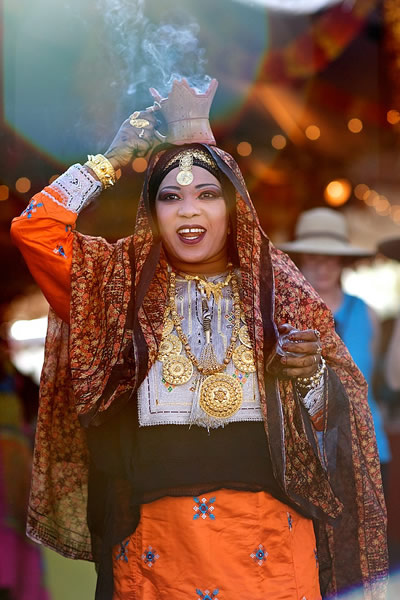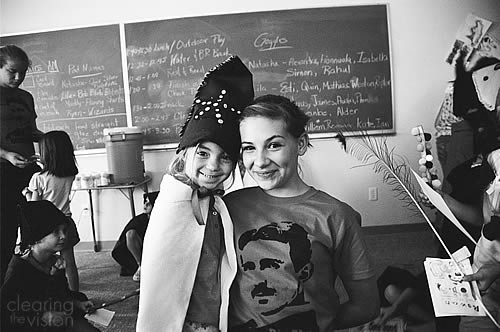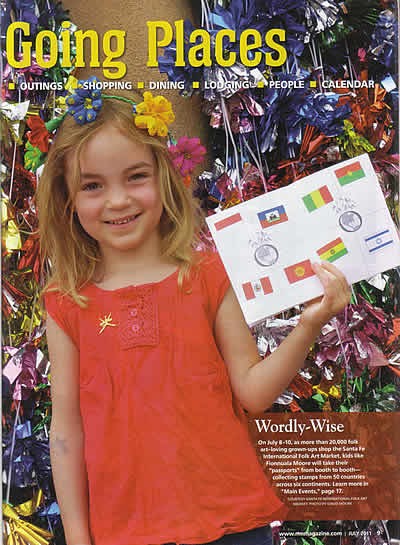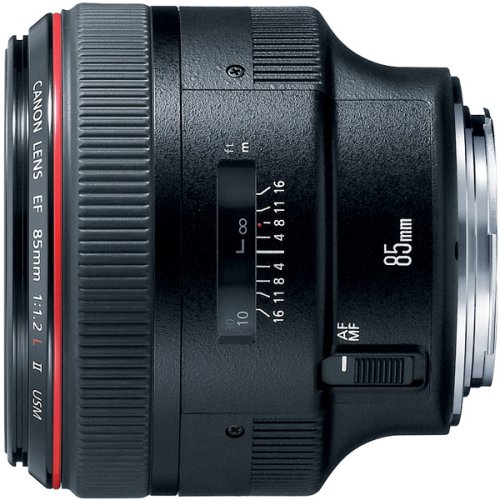
This is a long post about a lens that almost no-one here (including me) is ever likely to buy, but we don’t stop watching Top Gear just because we’re not in the market for the latest Ferrari, so here goes anyway:
When you’re a kid there are some things you lust after with a passion beyond all reason. Like a Millennium Falcon to go with your Star Wars figures. The longer you peruse the catalogue, or hear your friends talk about it, the more you’re convinced that this thing is the best thing in the world, and having it it will make you happier than anything.
And then you get it. And it’s pretty good, and you can see why everyone likes it. But your life goes on pretty much unchanged – even with the new bauble given pride of place in your room, you still have to tidy up that room, and go to school, and get soaked at the bus stop on the way home. A bit of a let-down, then.
As photographers, we’re always told that we need to hold on to our child-like sense of play, our joy in being in the moment. Which is great, but I think that also means we sometimes keep that child-like irrational longing for an object. And when we get it, life goes on pretty much unchanged.
Canon L-series lenses attract a lot of that longing, and for me it’s the L primes that I’ve figuratively and actually ogled in shop windows. I’ve got a 24-105mm f/4 L, used to have the 17-40mm f/4 L and the 70-200mm f/4L and while I appreciate those L zooms, the compromises inherent in making zooms seemed to limit my enthusiasm for them. They’re fine, good even, but I’m not going to put a poster of any of them on my wall.
But the primes are a different breed altogether. Partly because I love primes of all stripes, but also because if you’re going to make a great lens, shouldn’t it be as uncompromising as possible – really excellent at doing just one thing? And what could be more madly committed than the Canon EF 85mm f1.2L II (that’s an Amazon affiliate link, if you think you’re man enough). That’s f/1.2, just to repeat it. It costs over $2000 and looks like a magic black grapefruit (with a little red line around the end).
Thanks to borrowlenses.com the 85mm arrived on my doorstep in time for this year’s Santa Fe International Folk Art Market, where I was due to be taking photographs of the amazing artists and their work.
85mm is my favorite portrait length, and it was with great joy that I unscrewed the lens’ back cap to put it on to my 5D II. Holy scratching, Batman! The rear element is so close to the mount that it seems impossible to attach it to the camera without gouging the glass. Luckily for me (and borrowlenses.com) I got it on OK, but if you’re cack-handed or have to swap lenses in a hurry, you’ll constantly be worried about dinging your beauty.
Once in place it’s heavy, but because it’s so short it doesn’t seem unwieldy, and on a chunky body like the 5D II, it lends the whole thing a nice balance. The weight is noticeable, but I found it much more manageable than the 24-70mm f/2.8.
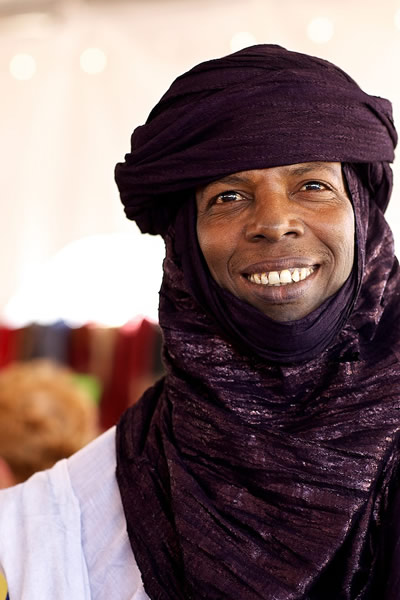
Steady as she goes
Every review says it so you shouldn’t be surprised, but the first thing you notice in real use is that the 85mm f/1.2 focuses slowly. It’s smooth, but stately, like a luxury liner changing direction. It gets there in the end (more or less – see below) but if you’re shooting fast-moving things, then flat out, this lens isn’t for you. Manually focusing isn’t any faster, by the way.
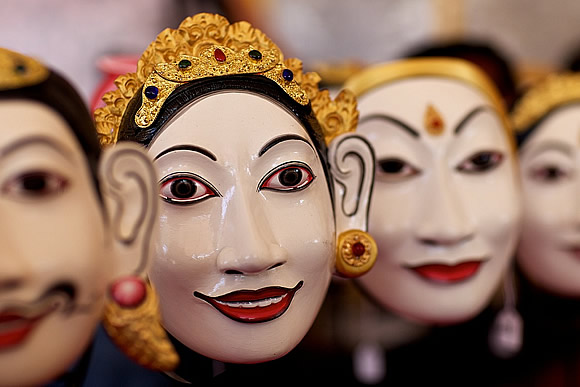
Missed shots
At the Market, as with all portrait-style shooting, I make a point of getting at least two shots of each artist in each composition I wanted. This is normally to cover for blinking or weird micro-expressions from the subjects. In this case, it ended up being crucial in ensuring that at least one was in focus.
It was very strange. The artists weren’t moving, the light was good, I was using the center focus point only, and I’d wait until the camera told me it had focused. But more times than with any other lens, one of my series would be out of focus. It wasn’t always the first one, either.
The only thing I can think is that something happened while I recomposed after I’d focused – I normally do it all the time with complete confidence. But not with this lens. Maybe I’m doing something wrong and there’s a simple solution, but if you don’t have confidence that you’re going to get what you expect, then you’re in for a torrid time on shoots that matter.
Narrow depth of field
If a lens offers f/1.2, you’re going to want to use it. But the irony is that for the classic headshot – the bread and butter of the 85mm focal length, f/1.2 offers way too narrow a depth of field for most practical uses.
My nifty iPhone depth of field app tells me that at 5 feet (about the right distance to fill the frame with the head and bit of shoulder) and a full-frame camera, the depth of field at f/1.2 is 0.07ft (near limit 4.96 ft, far limit 5.04 ft). How much is 0.07ft? 0.84 inches, or 2.1 centimeters. In other words, if the eye is in focus then the end of the nose will be blurred. If the subject turns their head slightly and you get the closer eye in focus, then the further eye will be out of focus.
Just to put your mind at rest, I wasn’t shooting at f/1.2 at the Market. But I could see how when the subject was further away so you had a workable depth of field (say, a depth of field of 8 inches at 15 ft), f/1.2 could get you shots you just couldn’t get with any other lens, especially in the pitch black.
So the impossibly narrow potential depth of field isn’t a criticism, just a caveat that you need to be careful with all that power.
On the Other Hand
So let’s recap – it’s heavy, it looks like you could wreck it if you’re not careful, it focuses slowly, still doesn’t focus accurately, and the crazy narrow depth of field is unusable a lot of the time. Maybe I should have just stuck to ogling it in shop windows (like the Millennium Falcon). Except that it helped me produce some great images.
When the heavens aligned, the pictures sung. Everything that I’d been trying to show in the picture was there, more pronounced and more attractive than I expected. From small details, like catchlights in eyes, to broad strokes like the amazing contrast and rich colors. Not forgetting the dreamy creamy bokeh.
It’s not often I peak at the LCD on the back of the camera and utter an audible ‘Woh.’ (never, in fact), but this lens got me like that a few times.
Some of the differences between this and my sturdy 85mm f/1.8 (lighter, faster and more accurate focusing, around 20% of the price) you could make up in processing. But not all of it.
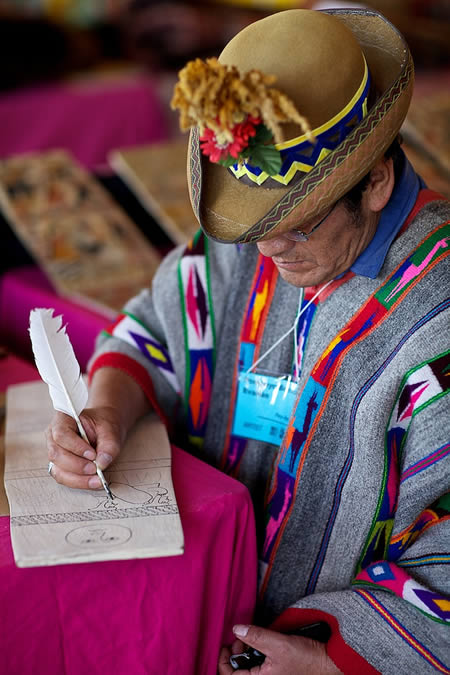
Would I buy it?
If someone gave me $2000 and told me I had to spend it on camera gear (don’t tell me you’ve don’t think about that situation), the truth is I probably wouldn’t buy it. For me, the f/1.8 is more practical and reliable (and I already own it). The fantastic shots I got with the 1.2 that I couldn’t get with the 1.8 to me would be made up for by the shots the 1.2 missed with its weird focus that the 1.8 would nail every time. But I shoot a lot of fast-moving children and need bang-on focus.
With my $2000 I’d probably get the 35mm f/1.4 L (which I’m guessing is more obviously superior in more ways to the 35mm f/2 that I’m currently using), and most of the 135mm f/2 L. Although come to think of it, I’d actually be more likely to get the Fuji X100 and most of the 135mm f/2.
But that doesn’t mean I’m sad I rented the 85mm, or that I can’t appreciate it’s great strong points. If you’re going to make a crazy money prime lens, then I love the way it comes with impractical quirks. It’s capable of fantastic images, but it’s not an easy thing to use, and it has some annoying habits.
Much like a Ferrari (so I’m told) – it does one thing (driving in an exhilarating fashion) better than almost anything else in the world. But you can’t park it, the dashboard controls are unusable, you can’t see out of the back and the ride’s so stiff you’ll feel like you got beaten up if you drive it for a couple of hours.
But that one thing it does well, well that’s the effin’ ineffable, isn’t it? Just like with the 85mm f/1.2.
